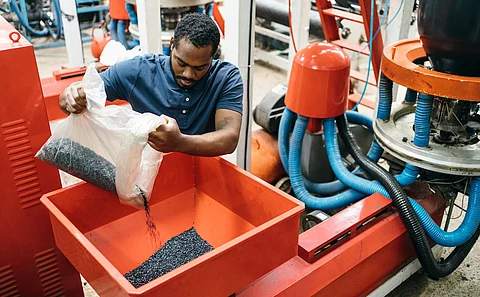

Developing countries and negotiating blocs are pushing for binding commitments from developed nations to provide financial, technical, and technological support for a global plastics treaty.
They emphasize the need for legal provisions on technology sharing and intellectual property waivers, while developed countries prefer voluntary cooperation, highlighting efficiency and shared responsibility.
Developing countries and negotiating blocs—such as AOSIS, GRULAC and several individual parties including Indonesia, Malaysia and Saudi Arabia—have emphasized that meaningful participation in treaty implementation hinges on timely, need-based and appropriate support. These countries advocate for clear obligations on developed states to provide not only financial but also technical and technological resources.
Proposals range from the establishment of cooperation mechanisms to the inclusion of legal provisions mandating technology sharing under fair and preferential terms. In particular, Saudi Arabia has called for strong legal commitments, including waivers on intellectual property rights for environmentally sound technologies.
China, Iran and Indonesia also insisted that capacity building must be the responsibility of developed countries and should include access to advanced technologies throughout the plastic lifecycle. These positions reflect longstanding concerns about asymmetries in global technological access and the risk of inequitable implementation.
By contrast, developed countries led by Australia, and echoed by Canada, the United States, Japan and others, prefer voluntary and flexible cooperation, focused primarily on supporting ‘parties most in need’. This group advocates for promoting collaboration but resists binding obligations, citing the importance of efficiency, shared responsibility and preserving innovation incentives.
Kazakhstan suggested the establishment of national centres to localize capacity building, while Malaysia emphasized that support should be country-driven, inclusive and iterative, reflecting a process-based rather than prescriptive model.
This is a click to zoom map. View the larger image by clicking on it